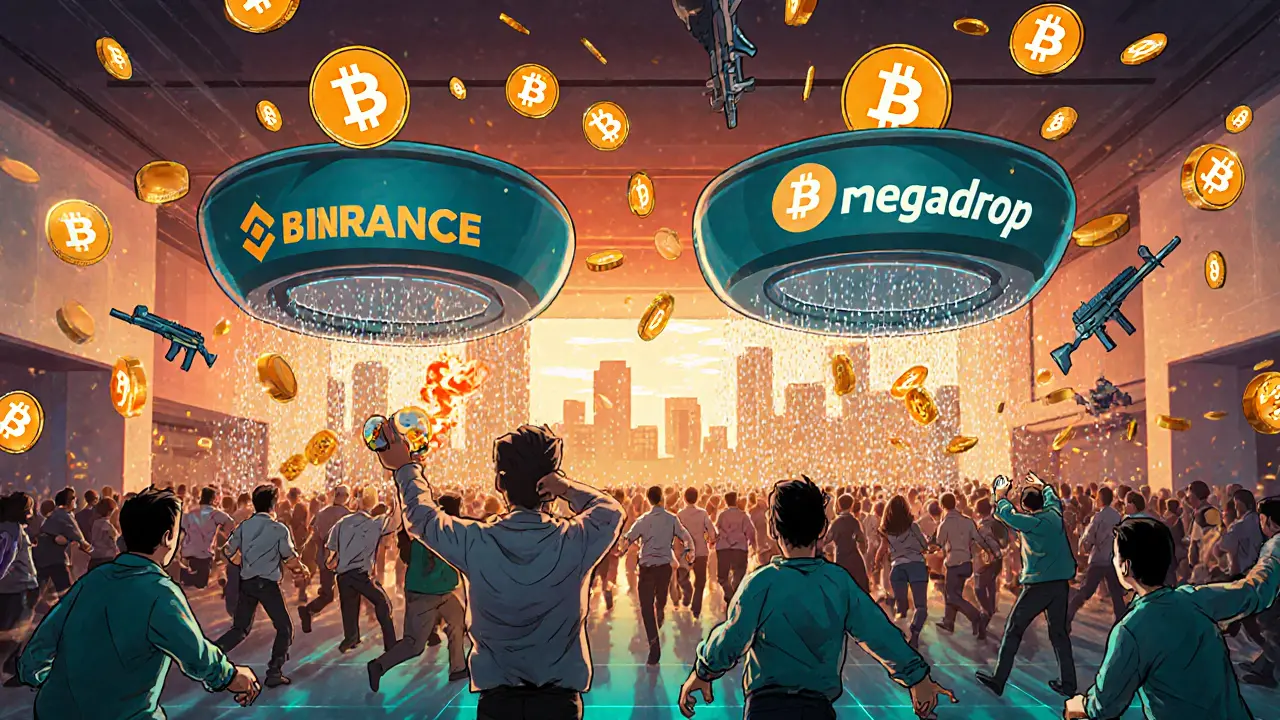Web3 Gaming Airdrop: How to Find Real Rewards and Avoid Scams
When you hear Web3 gaming airdrop, a free token reward given to players who interact with blockchain-based games, it’s easy to think it’s just another crypto scam. But some of the biggest gains in crypto last year came from people who joined real GameFi airdrop, token distributions tied to play-to-earn games built on blockchain networks before they blew up. The difference? Real ones require you to actually play, own an NFT, or follow clear rules—not just sign up with an email. Fake ones ask for your private key or charge you to "claim" tokens that don’t exist.
Most crypto airdrop, free distribution of cryptocurrency tokens to wallet addresses as a marketing tactic in Web3 gaming happens because a new game wants players. They give away tokens to early users, NFT holders, or social followers. The best ones tie rewards to real activity—like logging in for 7 days, completing a tutorial, or owning a specific character NFT. Radio Caca’s 90 million RACA drop, for example, only went to people who owned Metamon NFTs and followed their social rules. That’s not luck—that’s strategy. And it worked. Meanwhile, dozens of fake "Web3 gaming airdrops" popped up promising free tokens if you connected your wallet to a shady site. Those sites drained wallets within minutes.
Not all blockchain games are built the same. Some are just skins over a smart contract with no real gameplay. Others, like SoccerHub or Artify, have actual communities, real economies, and transparent airdrop rules. The ones that last are the ones where you earn tokens by doing something fun—not just clicking buttons. If a game claims you can earn $100 an hour just by watching a video, it’s not a game—it’s a Ponzi. Real NFT airdrop, distribution of non-fungible tokens as rewards for participation in a digital ecosystem rewards you for owning something unique, not just joining a Discord server. And if the project doesn’t show you a roadmap, team, or working game, walk away.
You don’t need to be a tech expert to spot the real ones. Check if the game has live players. Look at the token contract on Etherscan or BscScan—does it have a lock? Is the team anonymous? Has anyone actually claimed the tokens? The best Web3 gaming airdrops don’t shout—they show. They let you play. They let you see the economy grow. And they reward you when you stick around.
Below, you’ll find real examples of how these drops worked, what you needed to do to qualify, and which ones turned out to be traps. No fluff. Just what actually happened—and how you can use that to find the next real opportunity before it’s gone.
